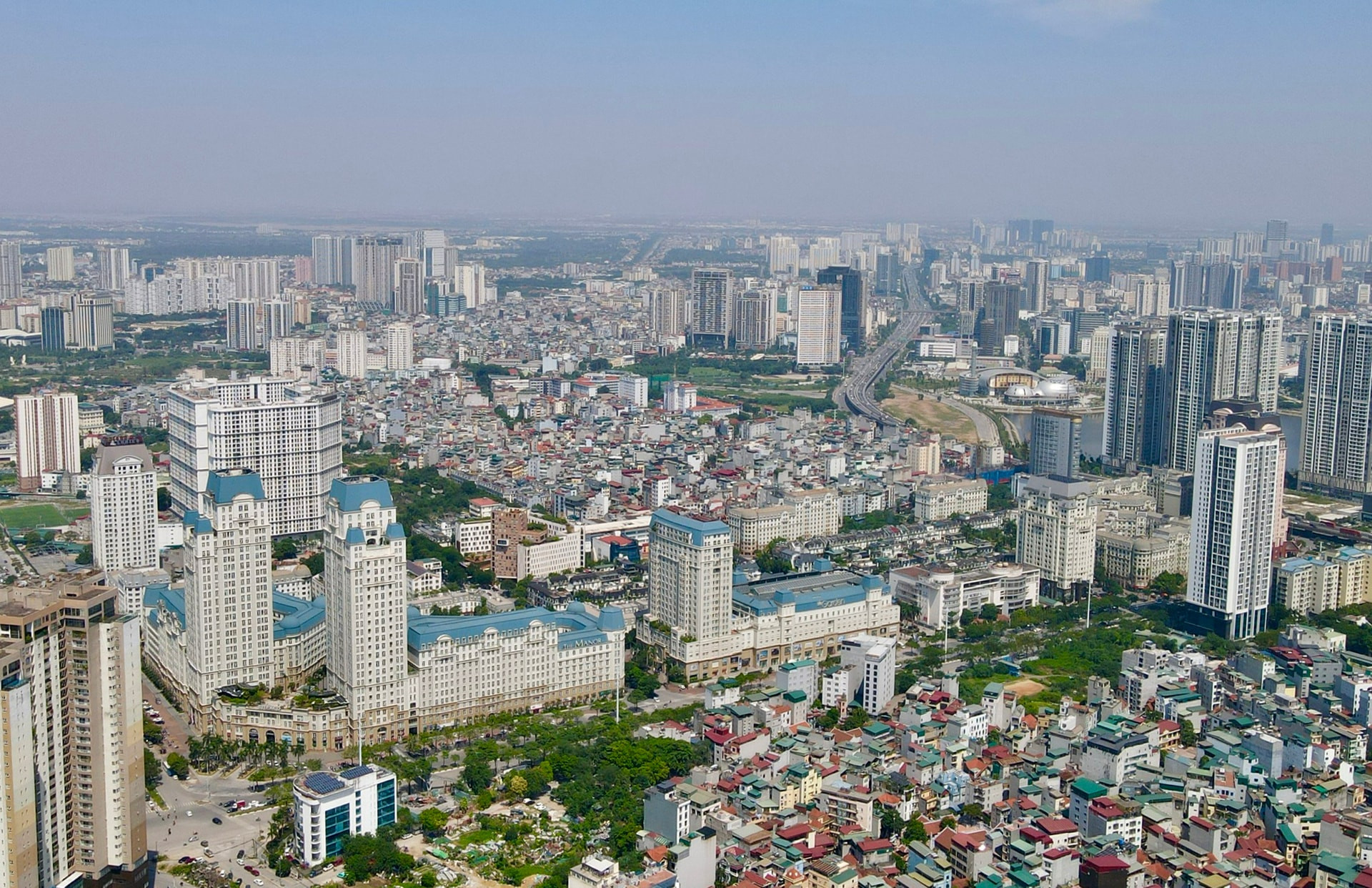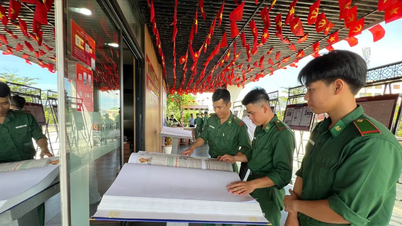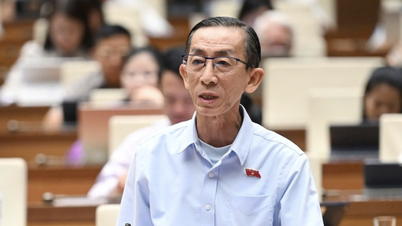Vietnamese architects and planners are gradually identifying opportunities and trends in applying artificial intelligence (AI) technology into their work practices.

Help solve some urgent problems
In the field of architecture and planning, the application of digital technology platforms has brought about many great effects, creating breakthroughs in both the quality and implementation progress of designs as well as improving the efficiency of planning management.
Architect Pham Hoang Phuong (National Institute of Architecture) shared that AI can be deployed in all steps of architectural design to automate the process, improve efficiency and quickly create high-quality projects at lower costs, such as collecting information and assessing the current status of construction sites; researching and proposing design ideas; implementing technical design content, converting to be able to apply to modern construction processes towards construction industrialization...
Sharing the same opinion, Chairman of the Hanoi Architects Association Nguyen Van Hai said that AI has brought about remarkable progress, comprehensively changing the fields of planning and architecture. In big cities, including the capital Hanoi, the rapid urbanization rate poses many urgent problems, AI will help maximize the effectiveness of resolving the contradiction between growth and sustainable development. Specifically, AI will bring new solutions from big data simulation to predict planning trends to automation in architectural design and support the construction of smart cities.
From practical work experience, architect Tran Vu Lam, Chairman of the Board of Directors of Cubic Architecture Joint Stock Company, shared that the company has designed 96 high-rise projects in 16 provinces and cities; built 52,600 apartments and more than 8 million square meters of floor space. Due to the nature of repetitive work but broken data, difficult to reuse past data for new projects, if AI and computers are applied, it will help shorten the working time from 1/100 to 1/1,000.
According to architect Trinh Quoc Bao, Head of Research and Development of Architectural Technology at Cubic Company, applying digital technology, especially AI, to build data and optimize the use of architectural data to increase labor productivity and reduce operating costs while contributing to improving the competitiveness of enterprises. Digital transformation in the architectural industry also aims to automate, make accurate, and increase the scientific content in design.
Applicable in many stages
The application of AI in planning and architecture in Vietnam has initially produced specific products. At the seminar “Application of artificial intelligence in architecture and planning” recently organized by the Hanoi Association of Architects, the Director of SOS Hoang Anh Solution Services Co., Ltd. shared about the initial effectiveness of AI applications in management and construction licensing being implemented in Hanoi, Ho Chi Minh City and several other cities across the country.
The application of AI has allowed for maximum automation of the entire design process. All information on general planning, zoning planning, detailed planning, urban design, house design criteria, etc. are automated, collected and used as input to build a house model. The accuracy of cadastral map data is accurate to centimeters and millimeters, so the drawing process is carried out quickly, providing a model that is true to the current situation. To date, the SOS data system has about 2 million houses that have been automatically licensed.
“In 21 districts of Ho Chi Minh City, people choose Smart City service with automatic construction permit issuance and processing process. The system will automatically create a construction permit application, including a location map, red book, design unit capacity, floor plan, section, floor drawings, foundation. After completion, the application will be sent to the People's Committee of the districts and the Department of Construction. Information checking is also automatic. The state management agency will perform, sign digital signatures and return results to the people,” said Mr. Hoang Anh.
To manage construction activities after licensing, the technological solution proposed by SOS Company is to use drones to automatically identify constructions. The pilot results were taken in the area of Vinh Loc A and Vinh Loc B wards (Binh Chanh district, Ho Chi Minh city) with a flight range of 22km, the device detected nearly 20,000 violations.
According to Dr. Trinh Hong Viet, architect (National Institute of Architecture), in the initial implementation period, there were still some existing problems that were pointed out, such as AI technology in Vietnam being mainly applied in the initial stages of conceptual design. Some new technologies are applied on the basis of integration into conventional software platforms, so there are conflicts with hardware. The application of AI in the technical design and project implementation stages still needs time to complete.
Therefore, it is necessary to promote research and application of AI technology platforms in the field of architecture and urban planning on the basis of selecting platforms suitable for practical conditions in Vietnam as well as a mechanism to prioritize research on Vietnamizing a number of AI platforms to optimize and clearly demonstrate the identity of Vietnamese architecture.
According to Bao Han ( Hanoi Moi Newspaper)
Source: https://vietnamnet.vn/ung-dung-ai-trong-kien-truc-quy-hoach-do-thi-thay-doi-toan-dien-tich-cuc-2347997.html

































































































Comment (0)